Introduction
Have you ever caught your dog snoozing in what seems like a yoga class gone wrong? Dogs sleep in a myriad of positions, each telling its own story. Understanding these positions is not just a quirky pastime; it’s a window into your dog’s emotional state and comfort level.
Dogs sleep an average of 12 to 14 hours a day, and for some breeds, this number soars even higher. This extensive snoozing is essential for their physical and mental health. By interpreting your dog’s sleeping habits, you can deepen your bond and better meet their needs.
This guide aims to arm you with knowledge about your furry friend’s sleep styles. From the side sleeper to the belly-up position, each pose serves a purpose, revealing how your dog feels about their world. After all, a well-rested dog is a happy dog!

Understanding Dog Sleeping Positions
Why do dogs sleep in various positions? It all boils down to comfort and instinct. Each position reflects not just physical comfort but also emotional well-being. For instance, when your dog sprawls out on their side, they’re signaling that they feel safe and secure in their environment.
Dogs require different amounts of sleep based on age, breed, and activity level. Puppies may snooze up to 20 hours a day, while older dogs often take more frequent naps. Generally, adult dogs average 12 to 14 hours of sleep.
Interestingly, many sleeping positions stem from evolutionary behaviors. In the wild, dogs would curl up to conserve heat and protect vital organs from predators. Even today, many dogs retain these instincts, choosing positions that reflect their need for security and comfort.
Understanding these sleeping habits not only helps you relate better to your dog but also allows you to recognize any changes in their behavior. A sudden shift in sleeping position might be your dog’s way of telling you something’s not quite right. Keep an eye on those cozy sleeping styles; they’re more than just adorable—they’re essential to your dog’s happiness and health!
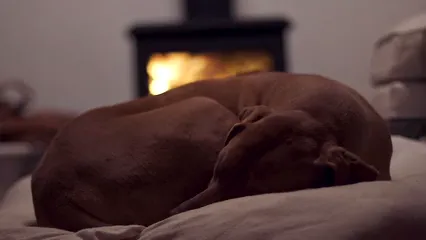
Common Dog Sleeping Positions and Their Meanings
The Side Sleeper
When you spot your dog sprawled out on their side, legs extended like a furry starfish, you’re witnessing a classic side sleeper. This position is a major indicator of comfort and security. Dogs who sleep this way feel relaxed and safe in their environment, often drifting into deep sleep. You might even catch them dreaming, with adorable little leg twitches and soft whimpers.
Breeds like Labrador Retrievers and Golden Retrievers are frequent side sleepers. These friendly companions often choose this position, showcasing their happy-go-lucky nature. So, if your pup is catching z’s on their side, rest assured they’re living their best life!
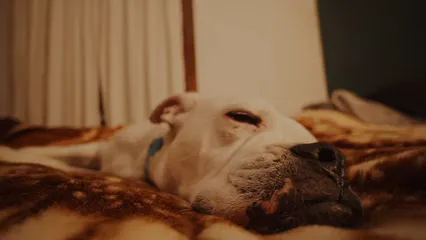
To ensure your side sleeper is as comfy as possible, consider investing in a Dog Bed for Large Dogs. This will provide the perfect sanctuary for your furry friend to stretch out and enjoy their well-deserved rest!
The Superman
Ah, the Superman pose! Picture your pup lying flat on their stomach, front legs stretched out ahead, and back legs trailing behind. This sleeping position screams energy and readiness. It’s most commonly seen in puppies and energetic dogs, who aren’t quite ready to fully surrender to sleep. Instead, they remain poised for action—willing to leap into play at a moment’s notice.
Breeds like French Bulldogs and Pugs often adopt this silly yet endearing pose. It’s as if they’re preparing for a superhero mission in their dreams. When you see your dog sleeping like this, know they’re just a few snores away from jumping into their next adventure!
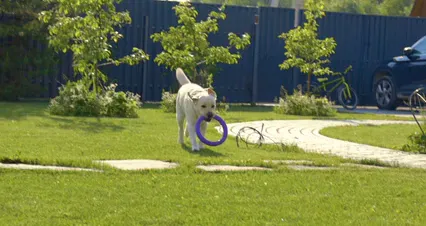
The Donut Position
If your dog resembles a cozy little croissant, they’re likely sleeping in the donut position. This adorable curled-up shape is more than just cute; it’s a signal of warmth-seeking and a desire for comfort. By tucking their limbs and tail close, dogs conserve body heat and protect their vital organs, making this position especially common in anxious pups or during colder weather.
You might notice this pose more frequently in smaller breeds like Chihuahuas or Yorkshire Terriers. They often seek warmth and security, curling up tightly to feel safe. If your dog prefers this position, consider providing them with a warm Dog Blanket or a cozy dog bed that encourages this natural instinct.
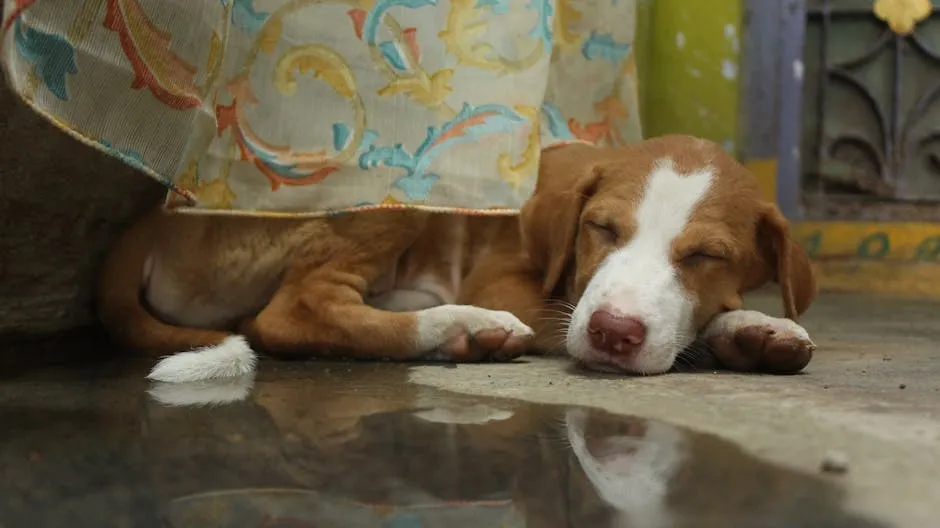
The Lion’s Pose
The lion’s pose, or the sphinx position, features your dog lying with their head resting on their paws. This position indicates a state of relaxed alertness. Your pup may be dozing, but they’re still ready to respond to their surroundings. It’s a perfect pose for dogs who want to keep an eye on things while still enjoying a snooze.
Working breeds like German Shepherds or Rottweilers often display this pose. Their instinct to remain vigilant and protective shines through, even in their sleep. If you catch your dog napping in the lion’s pose, it’s a clear sign they’re both relaxed and ready to spring into action if needed.
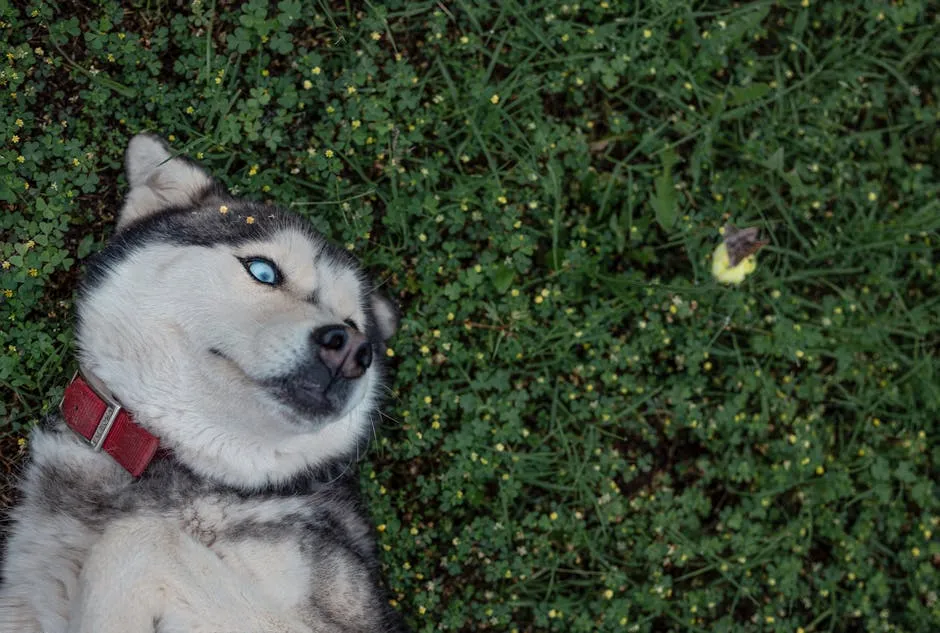
The Belly-Up Position
When your dog decides to take a snooze on their back, legs flopped in the air, you might chuckle at the sheer adorableness. This belly-up position is more than just a cute sight; it’s a powerful signal of trust and comfort. Dogs that sleep in this position feel safe in their surroundings, allowing them to let their guard down. Additionally, this pose can help them cool off, as exposing their belly allows for better air circulation.
Breeds like Greyhounds and Beagles often adopt this position. Their slender bodies and playful personalities make them prone to flaunting their bellies. On the other hand, larger breeds, such as Golden Retrievers, might do the same when they’re particularly relaxed. So, when your furry friend takes the plunge into the belly-up position, know that they’re telling you, “I trust you completely!”

The Burrower
If your dog loves to snuggle into blankets or burrow into pillows, you’re witnessing the burrower in action. This cozy position is a telltale sign of your pup’s quest for warmth and security. Many dogs, especially those with a hint of anxiety, seek this snug spot to feel safe. It mimics the comfort of a den, providing them with a sense of protection.
Environmental factors can play a significant role in this behavior. During colder months, you may notice your dog burrowing more frequently, as they instinctively seek to conserve body heat. Additionally, a change in your household, like new pets or visitors, may trigger this behavior. If your dog dives under the covers, it’s their way of saying, “I need my happy place!”
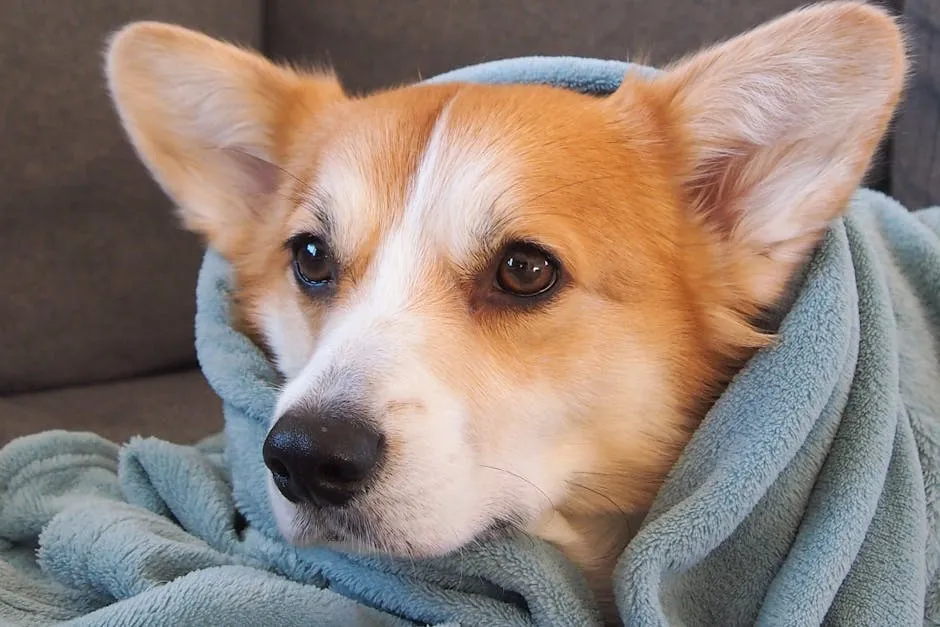
The Cuddler Bug
Ah, the cuddler bug! This lovable position is when dogs snuggle close to you or other pets while they sleep. It’s an endearing display of affection and companionship. Dogs that choose this sleeping style thrive on social interaction, often seeking comfort in the warmth of another body. This position strengthens the bond between dogs and their humans, reminiscent of their puppy days when they huddled with their littermates.
Cuddler bugs often display heightened levels of attachment. This intimacy can also provide psychological benefits, such as reduced anxiety for both the dog and the owner. If you find your pup nestled beside you, it’s a sweet reminder that they consider you their safe space—a true testament to the love shared between pets and their owners.

The Stretched Out Position
The stretched-out position is when dogs lie flat on their stomachs, legs extended like they’re ready for a dash. This position often indicates that your pup is relaxed yet alert, ready to spring into action at any moment. It’s a common sight among puppies, who frequently nap this way, showcasing their boundless energy and readiness to play.
Breeds known for their energetic nature, like Border Collies and Jack Russell Terriers, often adopt this pose. When you see your dog sprawled out, it’s not just a sign of relaxation; it’s a peek into their energy levels. If they’re lying flat, they might be recharging before their next big adventure! So, look out for those playful pups, as they’re just a few snoozes away from a wild romp!
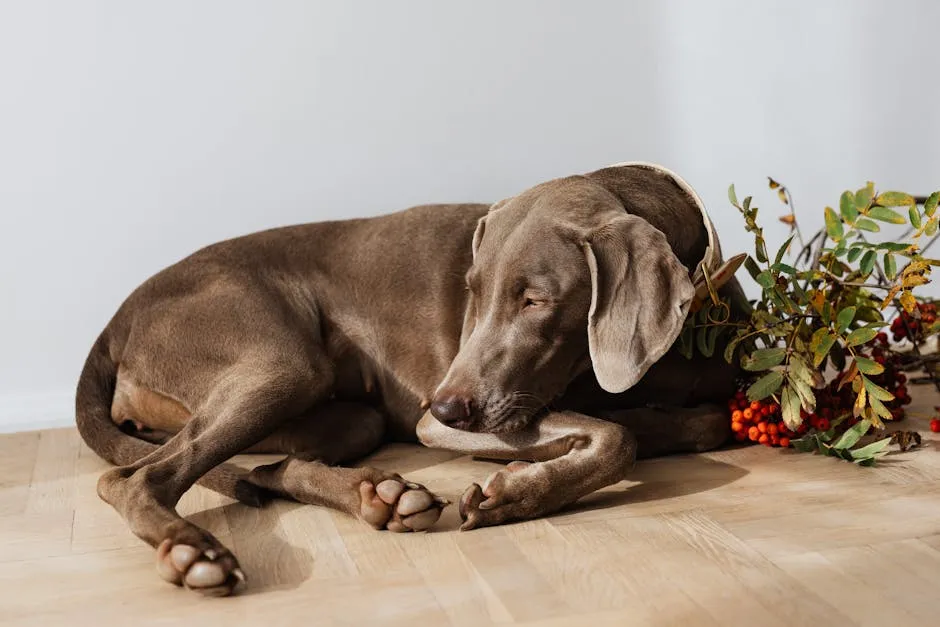
The Head and Neck Raised
When you catch your dog resting with their head and neck elevated, it’s a sight that can spark curiosity. This position often involves the pup lying on a pillow or against the side of their bed. It may seem like just another snooze, but it holds meaning.
This pose can indicate your dog is comfortable. They might be keeping an eye on their surroundings, ready to spring into action if needed. However, there’s another side to consider. If your dog frequently sleeps with their head raised, it could signal potential breathing issues.
Keep an eye on patterns; if this position becomes their go-to, it might be worth a visit to the vet. Be vigilant about changes in their behavior, and don’t hesitate to consult a professional if you suspect something is off. After all, your furry friend’s comfort and health are paramount!

Other Notable Positions
Dogs have a unique repertoire of sleeping positions that often reflect their personality and comfort levels. One such position is back-to-back sleeping. Dogs nestling against one another or you signifies affection and companionship. It’s their way of saying, “I trust you!”
Then there’s the classic sprawled position. Dogs often choose to lie on cool surfaces, especially after a vigorous play session. This behavior signals they’re trying to regulate their body temperature, showcasing their instincts at work.
Another quirky stance is the burrower. These pups love to snuggle deep under blankets or pillows. They seek warmth and security, especially during anxious moments or chilly nights.
Lastly, some dogs adopt a unique position called the “head and neck raised” stance. It’s similar to the lion’s pose but involves more elevation. This position can also indicate your dog’s level of alertness while resting.
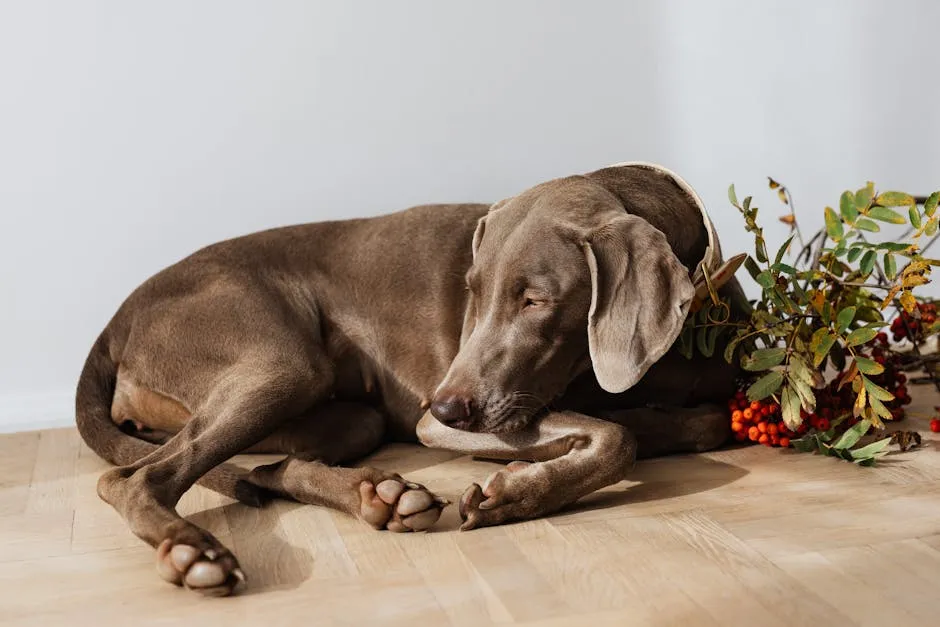
Understanding these positions provides insight into your dog’s emotional state. By observing them, you can better cater to their needs and create a cozy sleeping environment that fosters their happiness and well-being. Don’t forget to keep their space clean and comfortable with a good Dog Grooming Brush to keep their coat healthy and shiny!
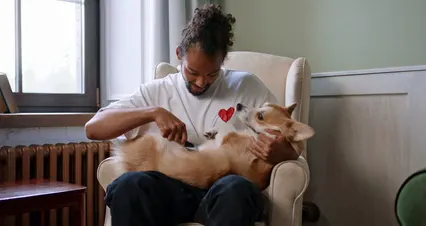
Conclusion
Understanding your dog’s sleeping positions is more than just a fun observation; it’s a vital part of pet ownership. Each position your furry friend assumes carries significance. Whether they’re curled up tight like a cinnamon roll or sprawled out like a superstar, these poses reveal insights into their feelings of safety, comfort, and trust.
Observing your dog’s sleeping habits can greatly enhance your bond. When you know what their positions mean, you can respond better to their needs. For instance, if your pup often curls up, they may be seeking warmth and security. On the other hand, a dog sleeping belly-up is radiating trust and comfort in their environment. By interpreting these signals, you’re not just a pet owner; you’re a pet whisperer!
So, make it a habit to watch how your dog sleeps. Your keen observations can lead to better care and deeper connections. Being a dog owner brings immense joy, filled with unique moments and heartfelt gestures. Every wag of the tail and every snooze position tells you how much your furry friend loves you. Embrace the quirks, and enjoy the delightful journey of sharing your life with your four-legged companion!
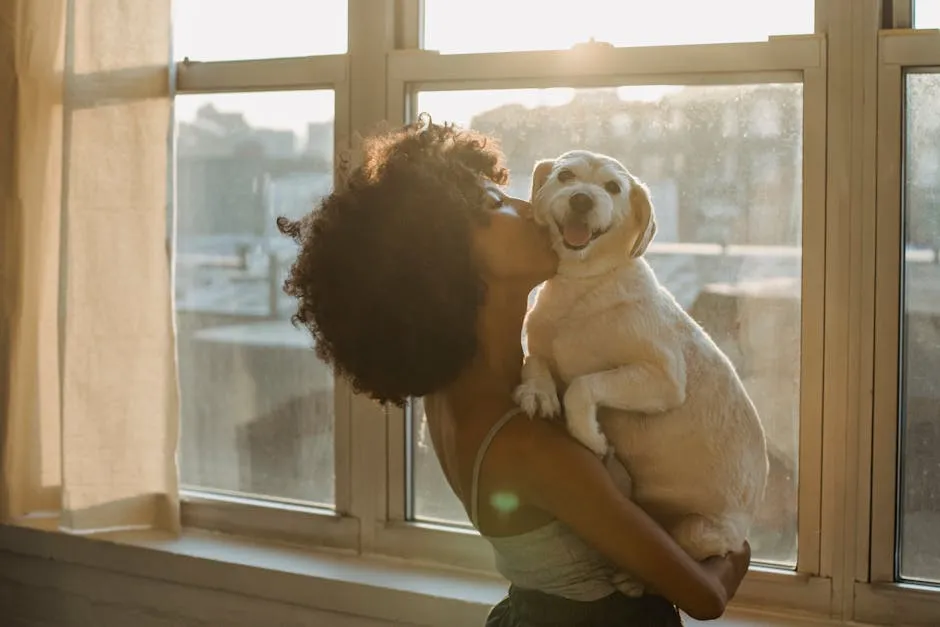
FAQs
Why do dogs sleep so much?
Dogs sleep a lot—typically between 12 to 14 hours a day! This extensive snoozing helps them recharge physically and mentally. Puppies, seniors, and certain breeds may need even more shut-eye. While it might seem excessive, it’s just part of their natural behavior to stay healthy and happy.
How can I tell if my dog’s sleeping position is a sign of distress?
If your dog’s sleeping habits change suddenly, it might indicate something is amiss. Signs of distress may include excessive pacing before sleep, unusual curled positions, or avoiding sleeping altogether. If you notice these changes, it’s wise to consult your veterinarian for guidance.
Are there specific breeds that prefer certain sleeping positions?
Yes, certain breeds tend to favor specific sleeping styles! For instance, energetic breeds like Border Collies often opt for the Superman pose, while smaller breeds, like Chihuahuas, may prefer the donut position due to their need for warmth and security.
What can I do to improve my dog’s sleep quality?
Creating a comfortable sleeping environment is key! Provide a cozy bed that suits their sleeping style, maintain a consistent bedtime routine, and minimize noise and distractions. Also, ensure they have a quiet, dark space to unwind, promoting deeper, more restful sleep.
Is it normal for my dog to change sleeping positions as they age?
Absolutely! As dogs age, they may adopt different sleeping positions due to changes in comfort, health, or joint issues. If your older dog starts favoring curled positions over belly-up, it might be a sign they need extra support or a more comfortable sleeping arrangement.
How can I create a comfortable sleeping environment for my dog?
Make sure your dog’s sleeping area is clean, cozy, and quiet. Choose a bed that meets their size and sleeping preferences, and consider adding blankets for warmth. Maintain a comfortable temperature and limit loud noises to help them relax and enjoy quality sleep.
Please let us know what you think about our content by leaving a comment down below!
Thank you for reading till here 🙂
All images from Pexels





